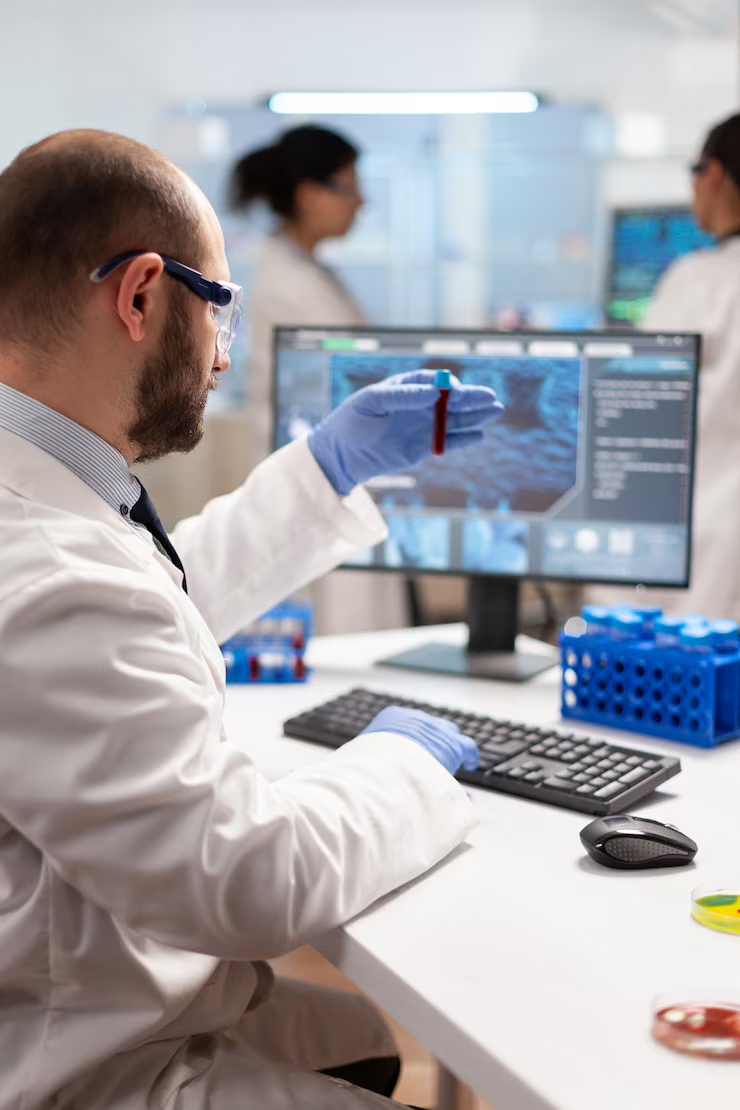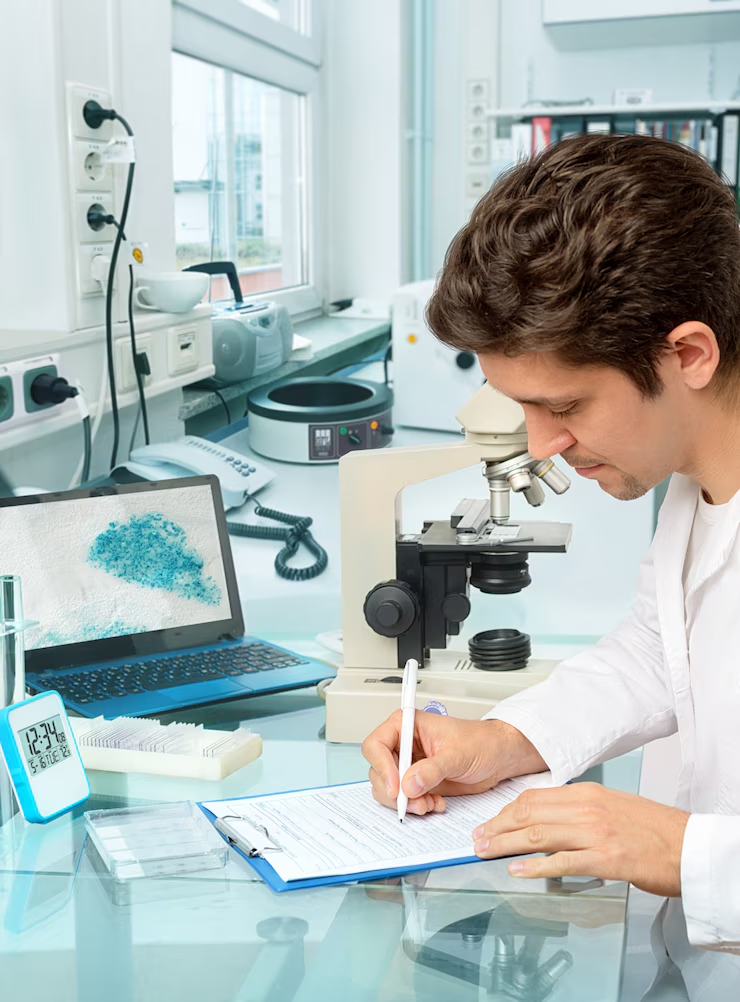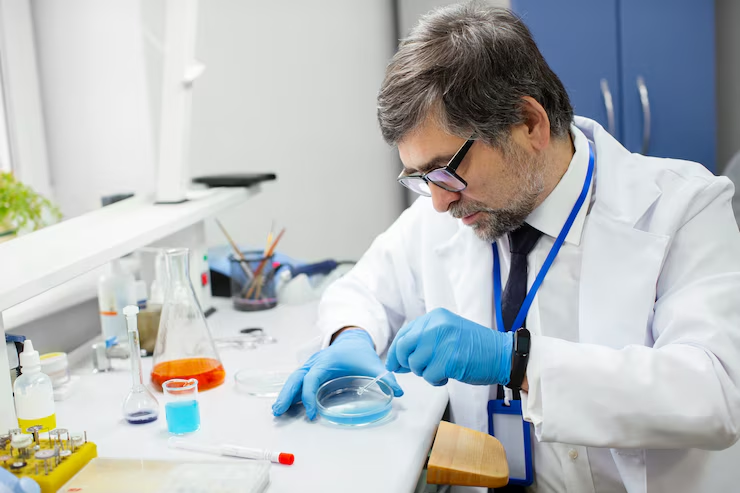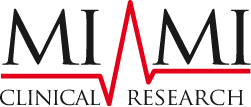Research and Development (R&D)
Research and Development (R&D) in Pharmaceuticals: Driving Innovation and Growth
Research and Development (R&D) is the cornerstone of innovation in the pharmaceutical and biotechnology industries. It encompasses the systematic investigation and creation of new drugs, therapies, and medical technologies designed to improve health outcomes. The R&D process is both complex and resource-intensive, yet it is essential for discovering groundbreaking treatments that can address unmet medical needs.


The Role of R&D in Drug Development
R&D begins with basic scientific research aimed at understanding diseases at a molecular or cellular level. This foundational knowledge helps identify potential drug targets—biological molecules or pathways involved in disease progression. Scientists then explore compounds or biologics that can interact with these targets to modify the disease.
Once a promising candidate is identified, preclinical studies assess its safety and biological effects in laboratory and animal models. Only after passing these rigorous tests does the compound move into clinical trials, where its safety and efficacy are evaluated in human volunteers and patients.
This journey from concept to market is long, typically spanning over a decade, and requires continuous innovation and adaptation. R&D activities are divided into:
- Basic Research: Understanding fundamental biology and disease mechanisms.
- Applied Research: Developing compounds and preliminary testing.
- Clinical Research: Conducting human trials to test safety and effectiveness.
- Basic Research: Understanding fundamental biology and disease mechanisms.
Importance of R&D Investment
Investing in R&D is vital for pharmaceutical companies to remain competitive and sustainable. The development of new drugs not only helps patients but also drives company growth through product pipelines and intellectual property creation. While R&D is expensive—often accounting for 15-20% of a company’s total budget—it is a strategic investment that fuels long-term success.
Without robust R&D efforts, companies risk stagnation as existing drugs lose patent protection and face generic competition. By continuously innovating, pharmaceutical firms can introduce novel therapies that meet evolving healthcare challenges, such as drug resistance, chronic diseases, and emerging health threats.


Challenges in Pharmaceutical R&D
Despite its critical importance, pharmaceutical R&D faces several hurdles:
- High Costs: Developing a new drug can cost over $2 billion, factoring in failed candidates and lengthy clinical trials.
- Risk of Failure: The majority of drug candidates fail before reaching the market due to safety issues or lack of efficacy.
- Regulatory Complexity: Navigating global regulatory environments requires extensive documentation, compliance, and quality assurance.
- Scientific Challenges: Some diseases remain difficult to target, requiring innovative approaches and multidisciplinary collaboration.
Time-Consuming Processes: The average time from discovery to approval can exceed 10-15 years, delaying patient access to new treatments.
Strategies to Enhance R&D Efficiency
Pharmaceutical companies are adopting new strategies to improve the efficiency and success rates of R&D:
- Collaborations and Partnerships: Engaging with academic institutions, biotech startups, and contract research organizations (CROs) allows access to specialized expertise and technologies.
- Use of Technology: Artificial intelligence, machine learning, and big data analytics accelerate target identification, drug design, and patient recruitment.
- Adaptive Clinical Trials: These flexible trial designs allow modifications based on interim results, potentially reducing time and costs.
- Repurposing Existing Drugs: Testing approved drugs for new indications can bypass early development stages and speed up access.
Precision Medicine: Tailoring therapies to specific genetic profiles improves treatment effectiveness and reduces adverse effects.


Impact of R&D on Global Health
Pharmaceutical R&D has transformed healthcare by delivering vaccines, antibiotics, cancer therapies, and treatments for chronic conditions such as diabetes and cardiovascular disease. The rapid development of COVID-19 vaccines is a recent example showcasing the power of accelerated R&D, international collaboration, and innovative technologies.
Continued investment in R&D is essential for addressing future health challenges, including antibiotic resistance, neurodegenerative diseases, and emerging infectious diseases. By pushing scientific boundaries, R&D contributes to longer, healthier lives worldwide.

